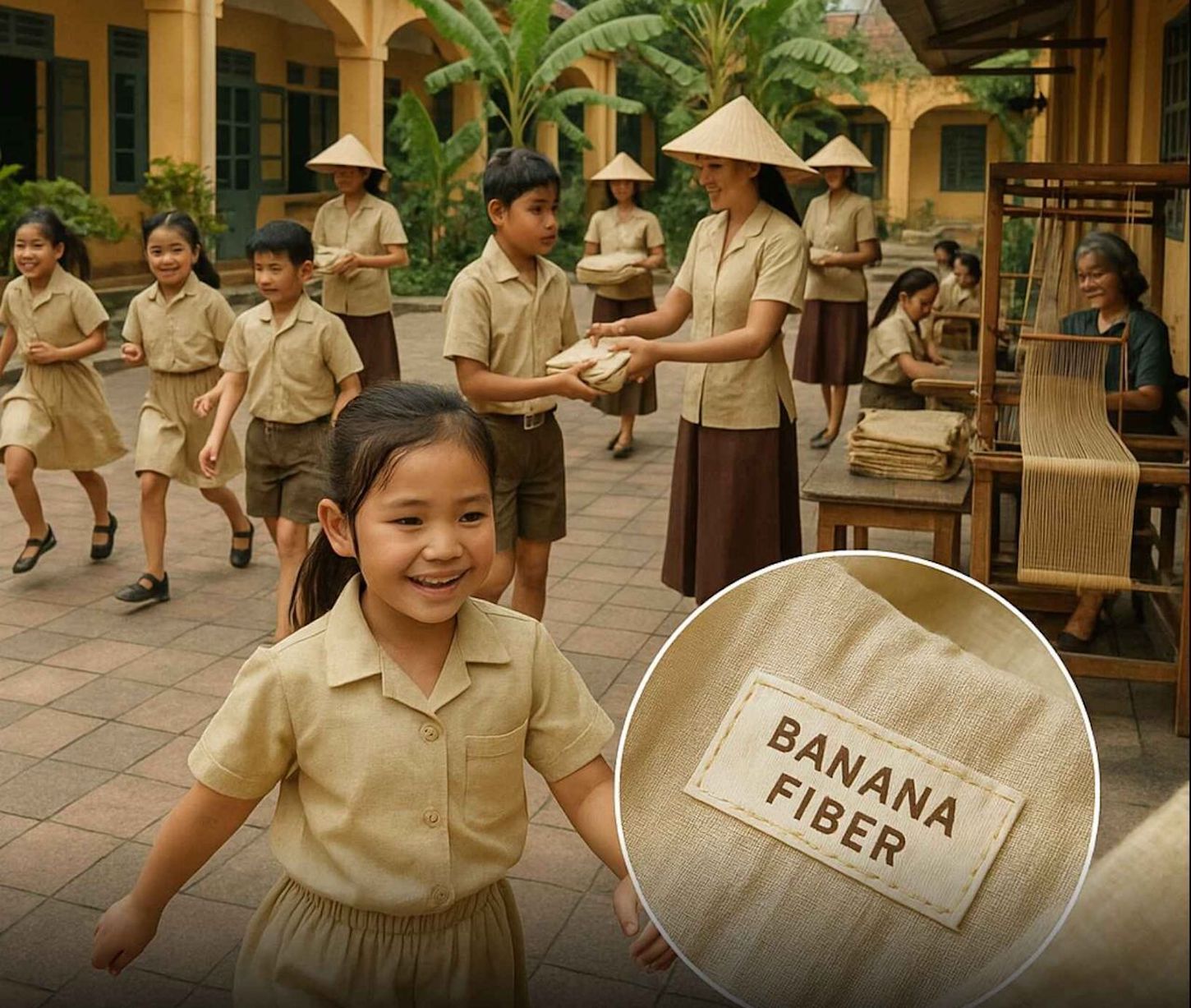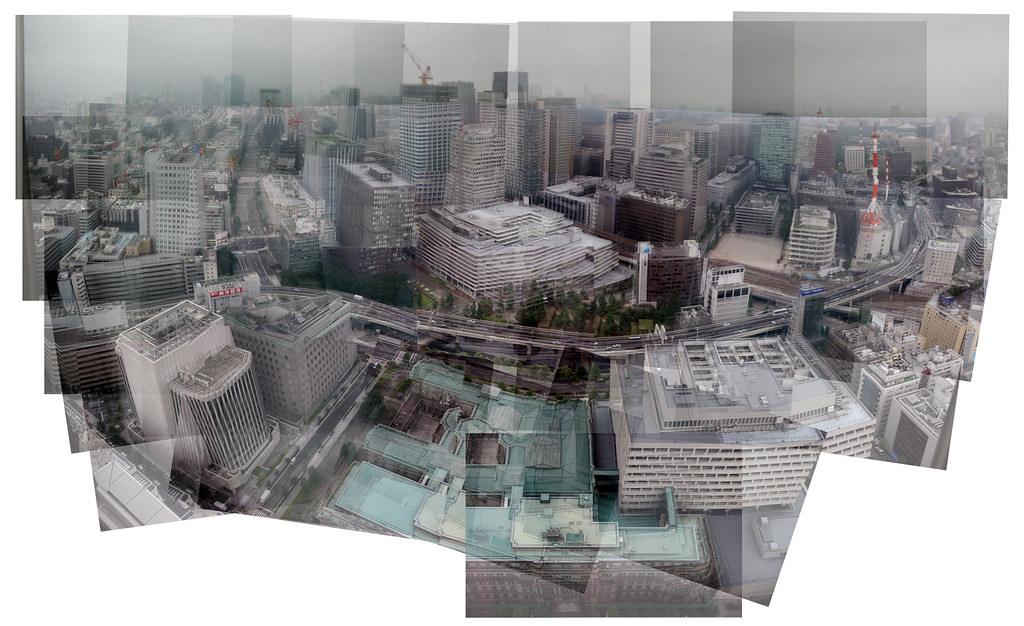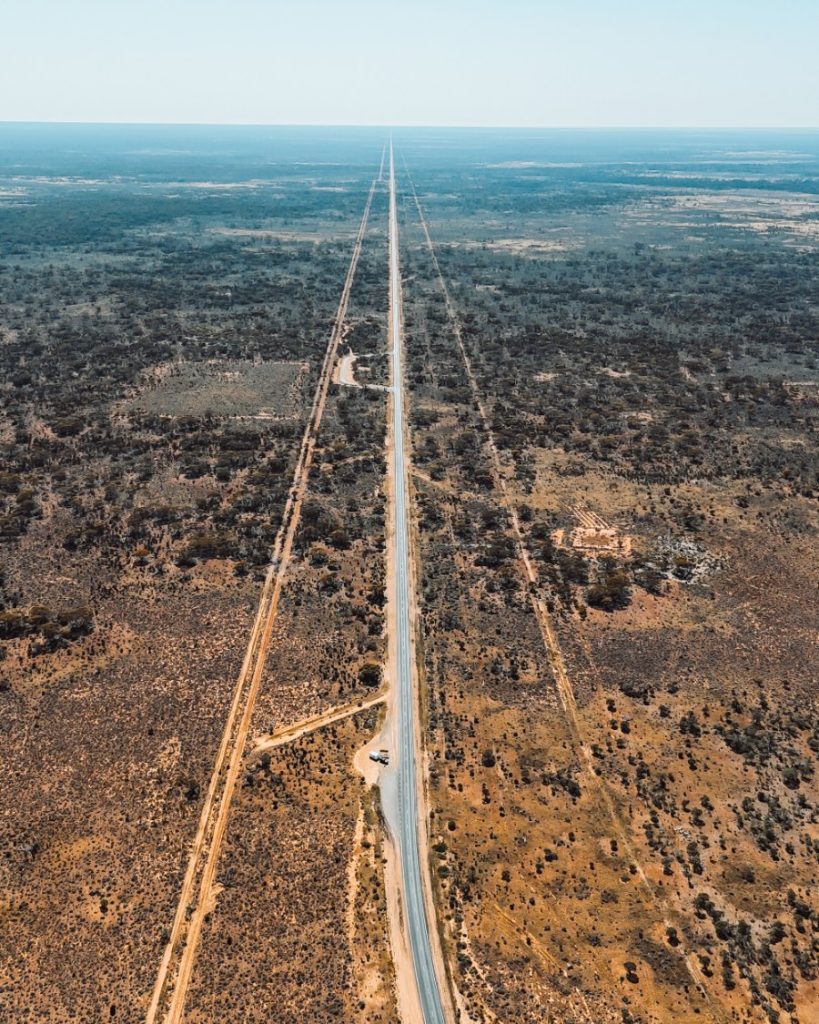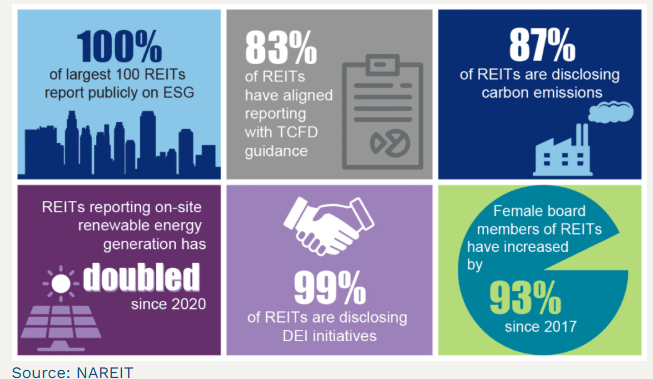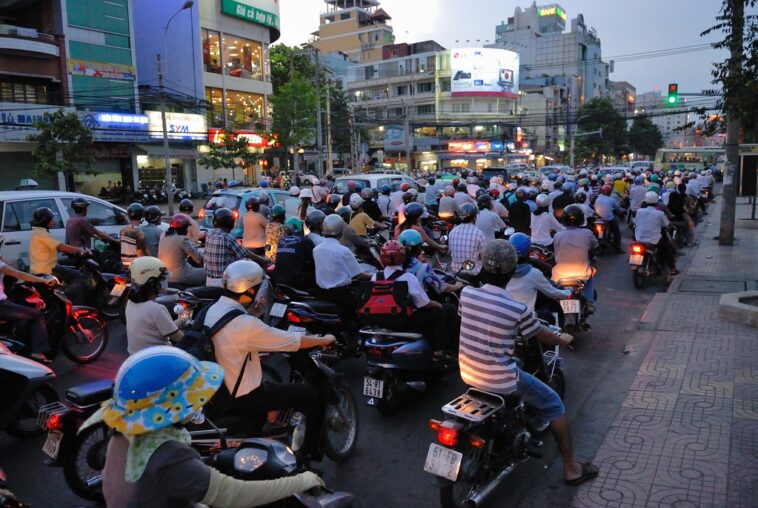From Banana Stalks to School Uniforms
AN unlikely hero is entering the classroom in Vietnam: the banana stalk.
Once considered agricultural waste, these hardy plant stems are now being transformed into breathable, compostable school uniforms, which is a small shift that carries significant implications for climate action, children’s wellbeing, and rural livelihoods.
Founder and executive climate activist Leslie Sheridan of PlanetCents has been tracking this development closely.
“In Vietnam, school uniforms are getting a sustainable makeover with the use of banana fiber, a natural, biodegradable material that is not only eco-friendly but also perfectly suited for the country’s hot, humid climate,” she explained on LinkedIn.
From Waste To Wear
Banana plants produce fruit only once before their stalks are typically discarded. Across Asia, this waste often ends up left to rot or burned, releasing methane or contributing to soil degradation. Vietnam is pioneering a local circular solution that saves waste while creating something useful by turning those stalks into fiber.
The resulting textile is strong, moisture-wicking, and naturally heat-resistant. Children wearing these uniforms experience a cooler, more comfortable school day in classrooms that often lack air conditioning.
“Banana fiber is naturally heat-resistant, moisture-wicking, and strong — making it an ideal alternative to synthetic materials like polyester, which can trap heat and take decades to decompose,” Sheridan said.
The fiber’s soft, linen-like texture improves with each wash, making it practical for daily wear. Unlike polyester, which is derived from fossil fuels and sheds microplastics during laundering, banana fiber returns safely to the earth at the end of its life.
A Win For Children & Communities
Uniforms are more than just clothing in Vietnam, they are a symbol of identity and access to education.
Yet in a country where tropical heat and humidity are daily realities, comfort can influence concentration and learning outcomes.
Sheridan points out that this innovation directly benefits children’s health and wellbeing.
“Uniforms made from banana fiber allow children to stay cooler during long school days, reducing discomfort and improving focus in classrooms that often lack air conditioning,” she said.
The initiative also supports rural economies by creating jobs in farming, harvesting, and fiber processing. By capturing value from stalks once considered useless, the program delivers additional income streams to banana-growing communities.
“By converting these stalks into textiles, Vietnam’s uniform program supports both sustainability and rural economies — creating jobs in farming and fiber processing communities,” Sheridan added.
To extend the sustainability of these uniforms, some schools are dyeing them with plant-based colors. This approach avoids toxic chemicals that often contaminate waterways in traditional textile production.
The uniforms are designed to last, withstand repeated washing, and, crucially, return to the soil once worn out.
“These banana fiber uniforms are washable, long-lasting, and completely compostable at the end of their life cycle, making them a perfect example of circular design in everyday life,” Sheridan said.
Circularity — the principle of designing products that can be reused, recycled, or safely decomposed — is gaining momentum globally. Vietnam’s embrace of it through something as ubiquitous as school uniforms sends a powerful signal about how sustainability can be embedded in daily life.
Setting An Example For Global Fashion
The global fashion industry is one of the largest polluters, being responsible for around 10 percent of annual carbon emissions. Most uniforms around the world are made of polyester and other synthetics that lock us deeper into fossil fuel dependency. Banana fiber, by contrast, exemplifies how plant-based textiles can disrupt that reliance.
Sheridan and PlanetCents see these uniforms as part of a broader movement to rethink consumption and production. What makes this initiative even more impactful is that it utilises agricultural waste she said.
“It’s about turning what we already have into something better for both people and the planet.”
Challenges & Opportunities Ahead
Scaling production of banana fiber uniforms will not be without hurdles.
Ensuring consistent quality, managing supply chains, and keeping prices competitive with synthetic fabrics are all challenges. There is also the question of adoption: will parents, schools, and policymakers embrace uniforms that look and feel different from the polyester standard?
But the opportunity is clear as Vietnam’s model demonstrates that with imagination, waste can be recast as resource, and clothing can become an instrument of climate action. For countries in the tropics, where both bananas and heat are abundant, the logic is hard to ignore.
What stands out most about Vietnam’s banana fiber uniforms is not just the innovation itself but the context in which it thrives. Rather than being a luxury product or a niche boutique experiment, this is sustainable fashion applied to the most practical of settings: children’s daily schoolwear.
For Sheridan, this is exactly the kind of grassroots innovation the world needs more of.
“This is a perfect example of how sustainability can show up in everyday life: in classrooms, in rural fields, and in the choices parents make for their children,” she said.
The banana stalk, once destined for the compost heap or fire pit, is now helping children focus in class, empowering rural economies, and reducing reliance on fossil fuel-derived synthetics.
In its transformation from waste to wear, it offers a vision of how sustainability can be woven (literally) into the fabric of society.





